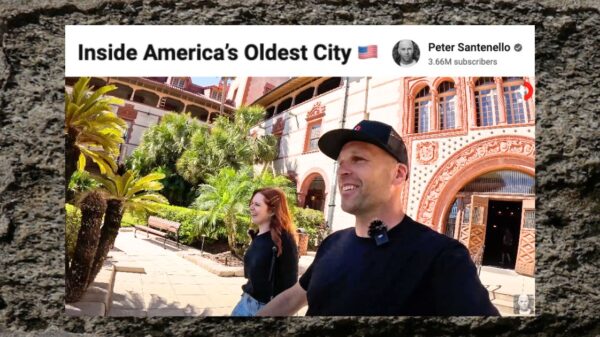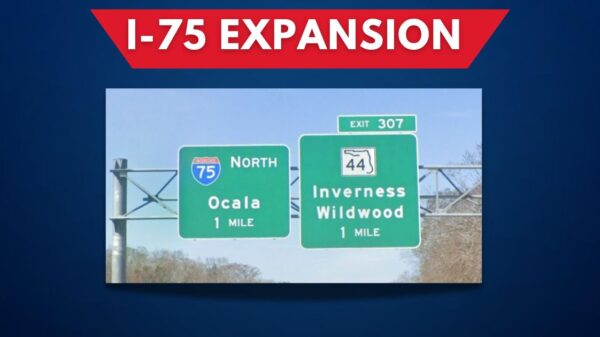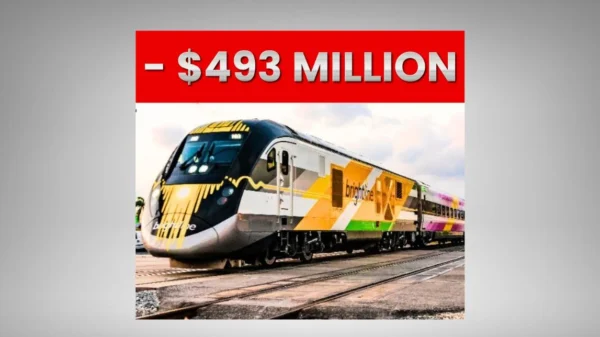At the end of last week, the Florida Department of Transportation (FDOT) announced it has been awarded two grants which support Florida’s commitment to enhancing safety and supporting innovative transportation solutions.
The grants, awarded in collaboration with the U.S. Department of Transportation, bring over $37 million in new funding to Florida.
In partnership with Brightline Trains Florida, the Florida East Coast Corridor Trespassing and Intrusion Mitigation Project provides $25 million in grant funding to enhance safety along the Florida East Coast Corridor (Miami-Dade, Broward, Palm Beach, Martin, St. Lucie, and Brevard Counties). This investment will benefit this corridor by constructing supplemental safety measures at 328 roadway-railroad grade crossings and installing 33 miles of pedestrian protection features. Planned safety improvements included as part of this grant are rail dynamic envelopes, delineators, raised pavement markers, edge striping, fencing and additional safety signage.
The Smart St. Augustine Project provides over $12 million for technology to improve the movement and safety of residents and visitors in the City of St. Augustine. The City of St. Augustine, the nation’s first city, attracts more than six million visitors each year and is also home to the Florida School for the Deaf and the Blind. This project will provide parking and traveler information systems; ‘Smart’ technologies, including smart traffic signals to reduce delay, sensors to detect street flooding, audible crosswalk signals for the deaf, among others; and mobility hubs with information kiosks for parking, bicycles, and electric vehicle charging.
“Governor DeSantis and the Department are committed to keeping Florida moving by continually seeking investments and opportunities to ensure Florida has a safe and strong transportation system,” said Florida Department of Transportation Sec. Jared Perdue.“We are happy to have the opportunity to work with our partners, like Brightline and the City of St. Augustine to address the needs of Florida’s communities.”























